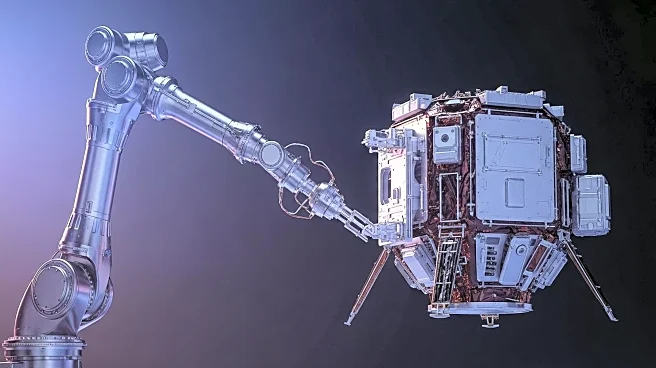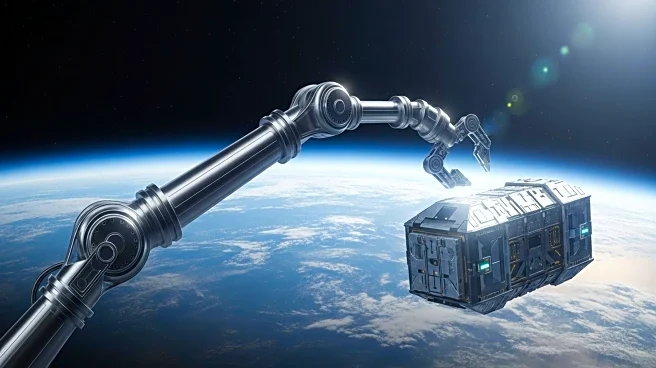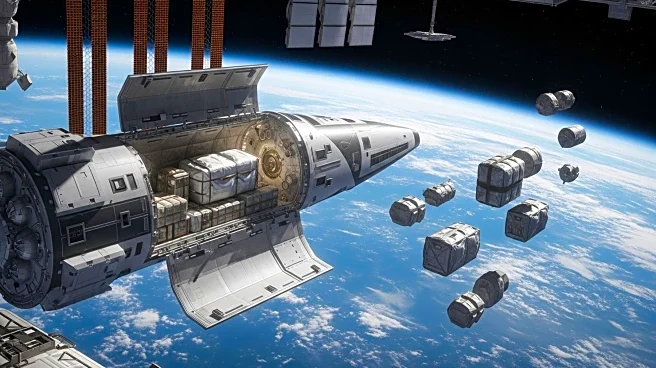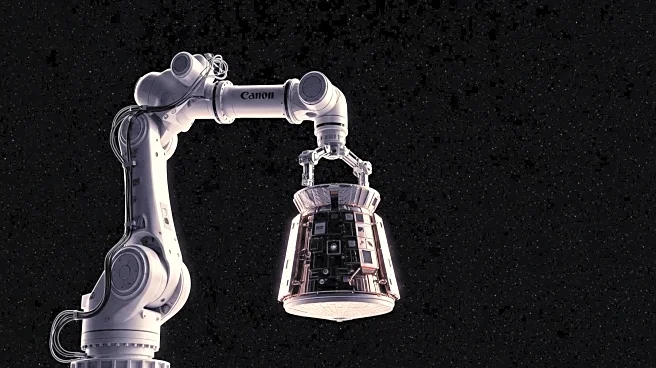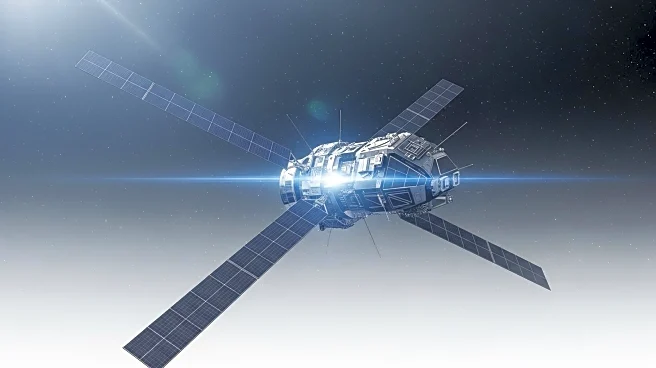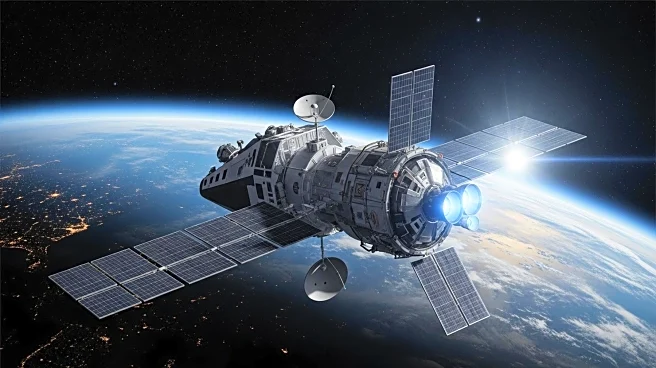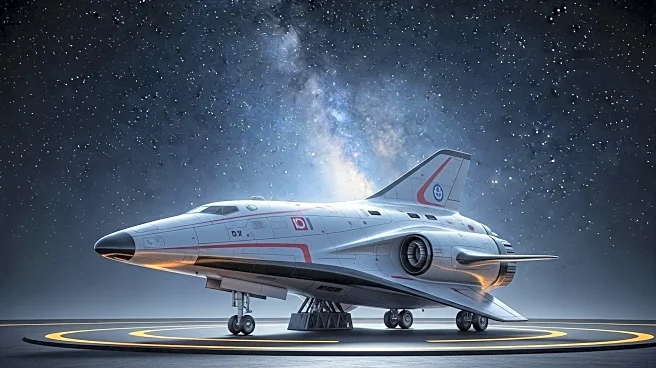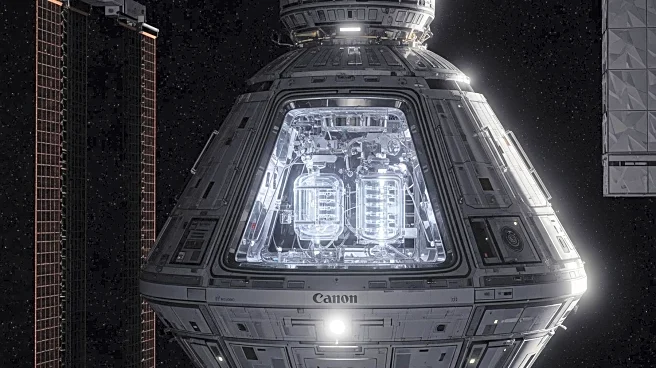What's Happening?
Northrop Grumman's Cygnus XL cargo spacecraft successfully docked at the International Space Station (ISS) on September 18, 2025, after resolving a thruster issue that delayed its arrival. The spacecraft, carrying 11,000 pounds of scientific equipment, experienced a propulsion glitch during its orbit-raising burns, initially scheduled to arrive on September 17. Engineers quickly developed alternative maneuvers, allowing NASA astronaut Jonny Kim to capture the Cygnus with the Canadarm2. This mission, NG-23, is the first flight of the larger-capacity Cygnus XL, designed to deliver more science payloads per trip. The spacecraft will remain attached to the ISS until March 2026.
Why It's Important?
The successful docking of the Cygnus XL is crucial for the ISS's ongoing research and operations. The increased cargo capacity of the Cygnus XL allows for more extensive scientific experiments and technological demonstrations, potentially leading to significant advancements in space research. The mission's success also underscores the importance of robust safety systems and quick problem-solving in space missions, as demonstrated by the resolution of the thruster issue. This mission highlights the growing role of commercial space companies in supporting international space endeavors, contributing to the sustainability and expansion of space exploration.
What's Next?
The Cygnus XL will support Expedition 73 research aboard the ISS until its scheduled departure in March 2026. The success of this mission may lead to more frequent use of the Cygnus XL for future cargo deliveries, enhancing the ISS's research capabilities. Additionally, the mission's success could encourage further development and deployment of larger cargo spacecraft, potentially benefiting other space missions and collaborations.

